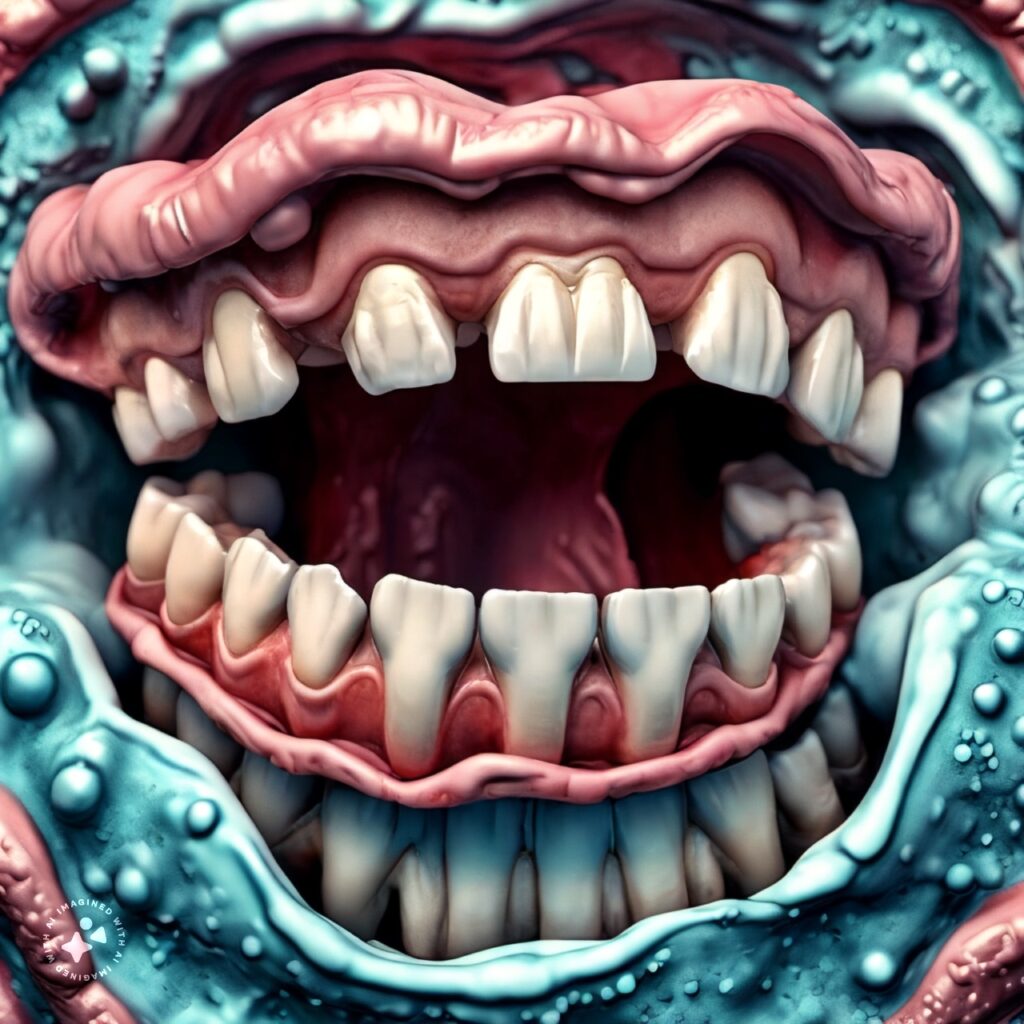
Introduction: Welcome to our journey where we separate fact from fiction in the world of dentistry! Dental care is riddled with myths and misconceptions that can affect your oral health decisions. As dental professionals committed to your well-being, we believe it’s crucial to clear the fog surrounding these myths. This blog post aims to debunk some of the most common dental myths, providing you with accurate information to make informed decisions about your oral health. Let’s dive into the truth and discard those old wives’ tales for good!
Myth 1: Sugar is the Main Cause of Cavities: One of the most prevalent myths is that sugar is the sole villain behind cavities. While sugar plays a role in cavity formation, it’s not the only culprit. Cavities occur when bacteria in your mouth feed on carbohydrates, including sugars and starches, producing acids that erode tooth enamel. This process can happen with any carb-heavy food, not just sugary treats. It’s more about how long these substances stay on your teeth and the frequency of consumption rather than just the sugar content alone. Regular brushing, flossing, and dental check-ups are key to preventing cavities, regardless of your sweet tooth’s intensity.
Myth 2: Harder Brushing Means Cleaner Teeth: Many believe that brushing harder results in cleaner teeth. However, this is a dangerous misconception. Vigorous brushing can damage tooth enamel and irritate your gums, leading to sensitivity and gum recession. The key to effective brushing is not in the force but in the technique and consistency. Use a soft-bristled toothbrush and gently brush in a circular motion, ensuring you cover all surfaces of each tooth. This gentle approach is more than enough to remove plaque and maintain oral hygiene.
Myth 3: Bleeding Gums are Normal During Brushing: If your gums bleed when you brush or floss, it’s not something to brush off as ‘normal’. Bleeding gums can be a sign of gingivitis, the early stage of gum disease. This condition is caused by the buildup of plaque, a sticky film of bacteria. When left untreated, it can progress to more serious forms of periodontal disease, leading to tooth loss. Pay attention to gum health and consult your dentist if you experience persistent bleeding.
Myth 4: You Don’t Need the Dentist if Your Teeth Feel Fine: Waiting for a toothache or visible problem before visiting the dentist is a common mistake. Many dental issues, like cavities and gum disease, can develop silently, without immediate symptoms. Regular dental check-ups are crucial for early detection and prevention of these problems. Your dentist can spot early signs of decay, gum disease, and even oral cancer before they become serious. Think of these visits as preventive maintenance for your oral health.
Myth 5: Whiter Teeth are Healthier Teeth: The quest for a bright, white smile has led many to equate whiteness with dental health. However, the natural color of teeth varies, and darker teeth are not necessarily unhealthy. Teeth can be stained by foods, drinks, or smoking, but this doesn’t always indicate poor oral health. Conversely, overuse of whitening products can damage your teeth. Focus on maintaining healthy teeth through proper oral hygiene practices, and consult your dentist for safe, effective whitening options.

Conclusion In the world of oral health, knowledge truly is power. By debunking these common dental myths, we hope to empower you with accurate information for better dental care decisions. Remember, maintaining a healthy smile is about consistent care and regular professional check-ups. Don’t let myths lead you astray. For any questions or concerns about your oral health, always turn to your trusted dental professional. Let’s keep those smiles healthy and bright, based on facts, not fiction
This blog post, tailored for a dental practice’s website or social media, can serve as an effective marketing tool. It educates patients, establishes the practice as a knowledgeable and trustworthy source, and encourages regular dental visits.
